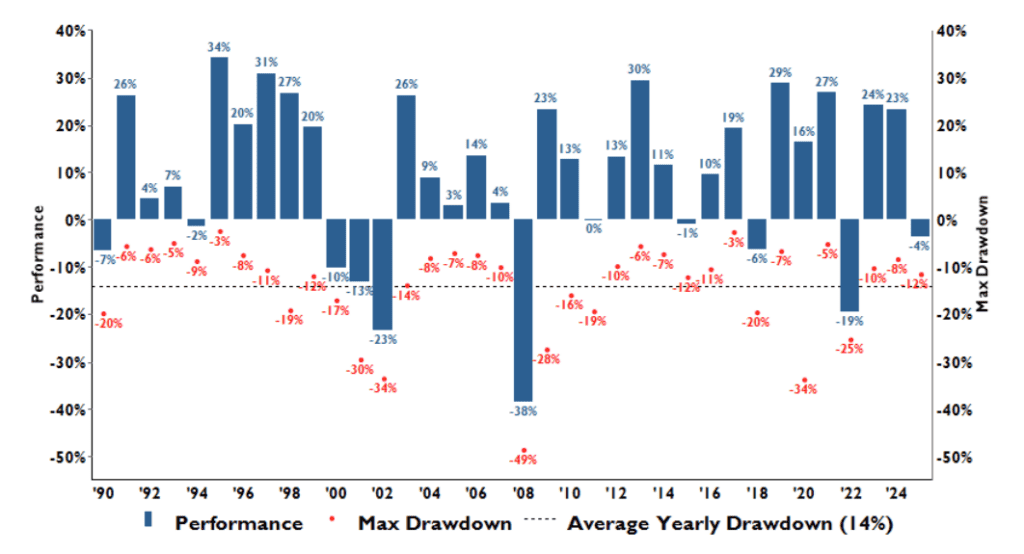Trump Administration Tariff Announcement
On Wednesday, President Trump announced a sweeping tariff proposal that would mark a dramatic escalation in U.S. trade policy. The new structure includes a 10% baseline tariff, along with significantly higher rates for certain countries, potentially bringing the average U.S. tariff rate to its highest level in 100 years.
China faces a proposed 54% rate, while tariffs on Canada and Mexico will remain at 25% for most goods. Goods imported from the European Union are expected to see a 20% increase, with threats of a 200% tariff on European alcohol. Several Southeast Asian countries, including Taiwan, Vietnam, and Thailand, were hit with unexpected increases ranging from 32% to 46%. Japan and India also face hikes of over 20%.
The international response was immediate. China announced countermeasures. Japan and South Korea signaled a readiness to negotiate. France, meanwhile, promised retaliation, with President Macron urging companies to reconsider their U.S. investments.
Market Reactions and Takeaways
Global markets responded quickly, opening lower on Thursday following the announcement. While trading remained orderly and markets recovered somewhat through the day, the S&P 500 experienced its steepest one-day decline since 2022. The selloff reflected investor concerns about a potential economic slowdown or recession triggered by escalating trade tensions.
Despite the headlines, it is important to step back and consider the broader context. The U.S. economy remains relatively strong, supported by healthy consumer balance sheets and strong business fundamentals. Productivity remains high, and no immediate signs point to systemic weakness. In fact, periods of market volatility are entirely normal. Historically, markets experience 10% pullbacks once a year, and 14% intra-year drops are common — even in years that end with solid gains.
As uncomfortable as these drawdowns may feel in the moment, they are a normal part of investing. Reacting emotionally often leads to decisions that lock in losses and miss the recovery.
Equity Drawdowns Are Common

What Should You Do?
In times like these, it is critical to focus on long-term discipline rather than short-term noise. Attempting to time the market — selling out in moments of fear and waiting for the “all-clear” — is a costly mistake. By the time things feel safe again, markets are typically well off their lows.
Instead of constantly checking headlines or account balances, take a step back. Focus on what you can control — your savings rate, your plan, your mindset. Take a break from the noise. Read a book. Go for a walk. Trust the process you have put in place.
Most importantly, talk to your advisor. A well-constructed plan is designed to weather volatility like this without requiring you to overhaul your strategy or change your lifestyle. If something no longer feels aligned, let’s revisit it together.
Finally, keep perspective. Ten percent dips happen annually. Twenty percent corrections, about every three years. These fluctuations are the price investors pay for long-term gains — and the reason why patience is so often rewarded. Even with occasional setbacks, the equity market has delivered nearly 17% average annual returns over the last five years.
If you are a Legacy client and have questions, please do not hesitate to contact your Legacy advisor. If you are not a Legacy client and are interested in learning more about our approach to personalized wealth management, please contact us at 920.967.5020 or connect@lptrust.com.
This newsletter is provided for informational purposes only.
It is not intended as legal, accounting, or financial planning advice.




